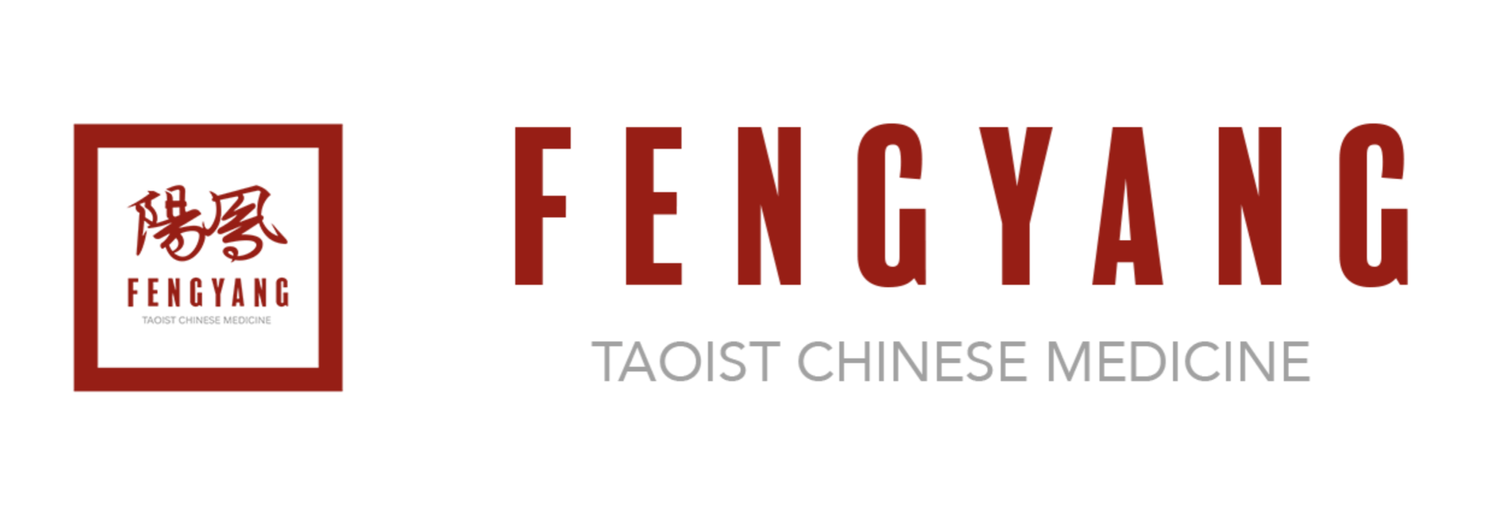Learn About Chinese Herbs -Gao Ben (Ranmoto)-
Gao Ben (Ranmoto)
This product is commonly used in Chinese medicine, and the “Shennong Materia Medica” listed it as medium quality. At present, the main ones that are produced are: Dongbei and Huabei produced ones called Northern Gao Ben; and Gao Ben produced in Middlewestern and Southwestern China. The former plant is also known as Liao Gao Ben, and the latter is simply referred to as Gao Ben.
Source: Ligusticum jeholense Nakai et Kitag, a perennial herb in the family Apiaceae. or Ligusticum sinense Oliv The dried roots and rhizomes of the lotus are all wild, and most of them are cultivated.
Plant morphology: Perennial herb with short rhizomes, light brown and mostly slender roots. The stem is hollow, with longitudinal grooves on the surface, purple with purple leaves, and the stems produce two to three pinnate full lobes. Inflorescences with white petals and oval shapes.
Origin: Liaoning Gao Ben (also known as Northern Gao Ben) is mainly produced in Beilongguan, Wei County, Chengde, Shanxi, Liaoning, Jilin, Inner Mongolia and other places in Hebei.
Trait identification
· Northern Gao Ben: irregular columnar or clumpy, often divergent, with residual stem base at the tip. The surface is dark brown, densely covered with slender and curved roots, with protruding nodular root marks. The texture is easily broken, the section is fibrous yellow-white to light brown, some skin is easy to peel off, the air is particularly fragrant, and the taste is bitter and numbing. It is best to have a thick rhizome and a strong fragrance.
· Gao Ben: irregular nodular cylindrical, with roots and whisker root marks, one to several stump bases, earthy yellow or yellow-brown appearance, irregular vertical grooves, hard, easy to break, yellow-white or light yellow cross-section, slightly bitter and bitter and pungent in aroma and taste. It is best to have nodules and lumps, uniform size and strong fragrance.
Main ingredients: containing volatile oil, 3-J maniumolactone, snake bed lactone, methyl eugenol.
Pharmacological action: analgesic. Experiments have proved that its volatile oil has the effect of inhibiting influenza virus.
Preparation: Slices for raw use.
Taste: spicy and warm.
Meridian: into the bladder meridian.
Function: disperse wind and cold, dispel rheumatism, relieve headache.
Indications: cold, cold, headache, headache, headache on the crown of the head, limb pain.
Clinical application:
It is often used to treat headaches caused by external cold, cold and dampness, that is, cold headaches. It is especially useful for headaches on the top of the head (i.e. crown headaches) and can also relieve migraines and body pain. It is also effective for headaches caused by rhinitis and sinusitis. It is often used with Chuanxiong, Baizhi, and Cangerzi.
Dosage: 2.4~9g.
Prescription example:
Qianghuo Xiong Gao soup plus and minus: Qianghuo Chuanxiong Lotus Ben Bai Zhi 3g water decoction each for windproof. Those who treat colds and headaches.
Note: Due to the complex source of plants, many production areas, cultivated and wild, and due to different climate, soil, processing methods and usage habits, there are differences in commodity form, color, specifications and other aspects. In addition to the above two types of Gao Ben, such as some areas of Jiangsu, the whole aboveground plant of the Apiaceae plant bone edge angelica is used as the Gao Ben, which is commonly called Mountain Gao Ben or Earthen Gao Ben. Sichuan has the distinction between fragrant Gao Ben, Water Gao Ben, and Fuling Water Gao Ben, and there are different specifications of Light Gao Ben and Hairy Gao Ben. There are also areas where the root of the Apiaceae plant cress is used as Water Gao Ben. Care should be taken to distinguish these.
Study case: High blood pressure
Patient: Alvavez, female,age 70
Date of first appointment: June 21, 2015
Chief complaints: patient has been suffering from high blood pressure and hyperlipidemia for 5 years. Western medicine’s side effects caused liver and kidney damage, systemic joint pain, systemic muscle pain, and both ankle joint swelling, and insomnia. Her daughter-in-law (a western internal medicine doctor) suggested her to come see Dr. Wu.
TCM diagnosis: pulse wiry, tongue dark red, coating greasy and yellow
TCM syndrome differentiation: kidney yin deficiency, excess liver yang.
TCM treatment: Tui Na and cupping
TCM prescription: Ancient tree Pu'er tea (2009 raw tea) 10 g per day to make tea, drink about 500ml of tea per day; plus 500mg of wild Ling Zhi powder, 500g of organic cinnamon powder, and 500g of wild Kuding tea per day to take orally. Stop eating dairy products and wheat products, reduce meat intake, eat brown rice and more vegetables.
Patient feedback: On the second day, the patient’s blood pressure dropped from 155/95 to 137/79. The patient stopped taking all Western medicines. On the fifth day, the patient’s blood pressure dropped to 119/80. The whole body pain completely disappeared; the ankle edema disappeared, and sleep was completely normal. Dr. Wu suggested the patient to practice Tai Chi twice a week, one hour each time. Two months later, the patient had Tui Na and cupping treatments for 3 times; she has good energy, good sleep quality, and feeling rejuvenated. She is enjoying life, and thanks God every day for Chinese medicine. She has introduced several of her friends to come see Dr. Wu.


